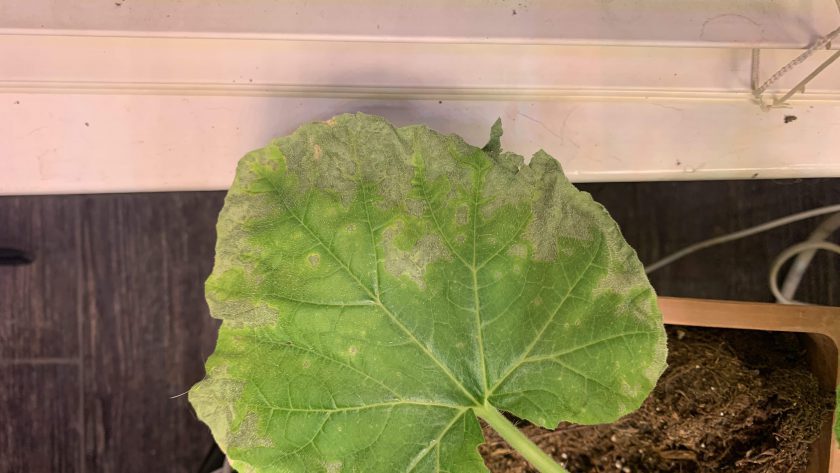If you notice gray on leaves, it could signify various potential issues. Here are several common causes to be aware of:
- Fungal diseases: Gray mold (Botrytis cinerea) and powdery mildew (various fungal species) are two common fungal diseases that can cause a grayish appearance on leaves. These diseases thrive in humid conditions and can affect a wide range of plants.
- Pest infestation: Certain insect pests, such as spider mites or aphids, can cause damage to plant leaves, leading to a grayish or silvery appearance. These pests feed on plant sap, which can result in discoloration and a weakened plant.
- Environmental stress: Exposure to extreme temperatures, drought, or excessive sunlight can cause stress to plants, resulting in leaf discoloration, including a grayish hue. This is often accompanied by other signs of stress, such as wilting or leaf curling.
- Nutrient deficiencies: Inadequate levels of essential nutrients, particularly magnesium or iron, can cause leaves to appear grayish or have interveinal chlorosis (yellowing between leaf veins).
- Air pollution: High levels of air pollution, such as industrial emissions or automobile exhaust, can deposit particulate matter on plant leaves, leading to a grayish appearance.
It’s important to properly identify the cause of the gray appearance on leaves to determine the appropriate course of action. Carefully inspect the affected leaves, consider the overall health of the plant, and evaluate the growing conditions to help pinpoint the cause. If needed, consult with a local gardening expert or extension service to diagnose the issue accurately and receive tailored recommendations for treatment or prevention.










